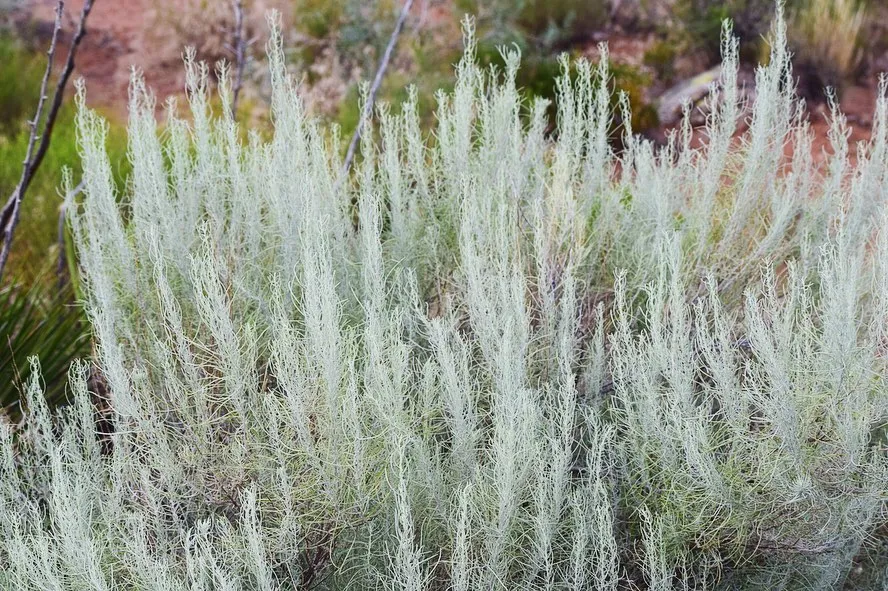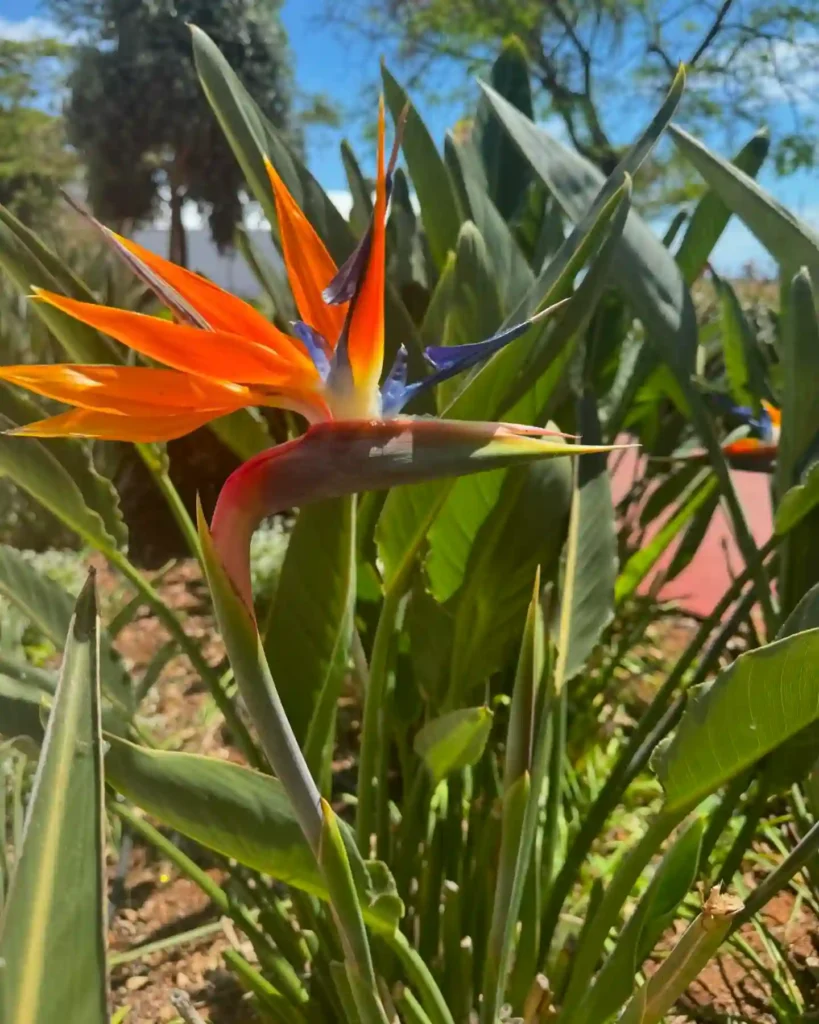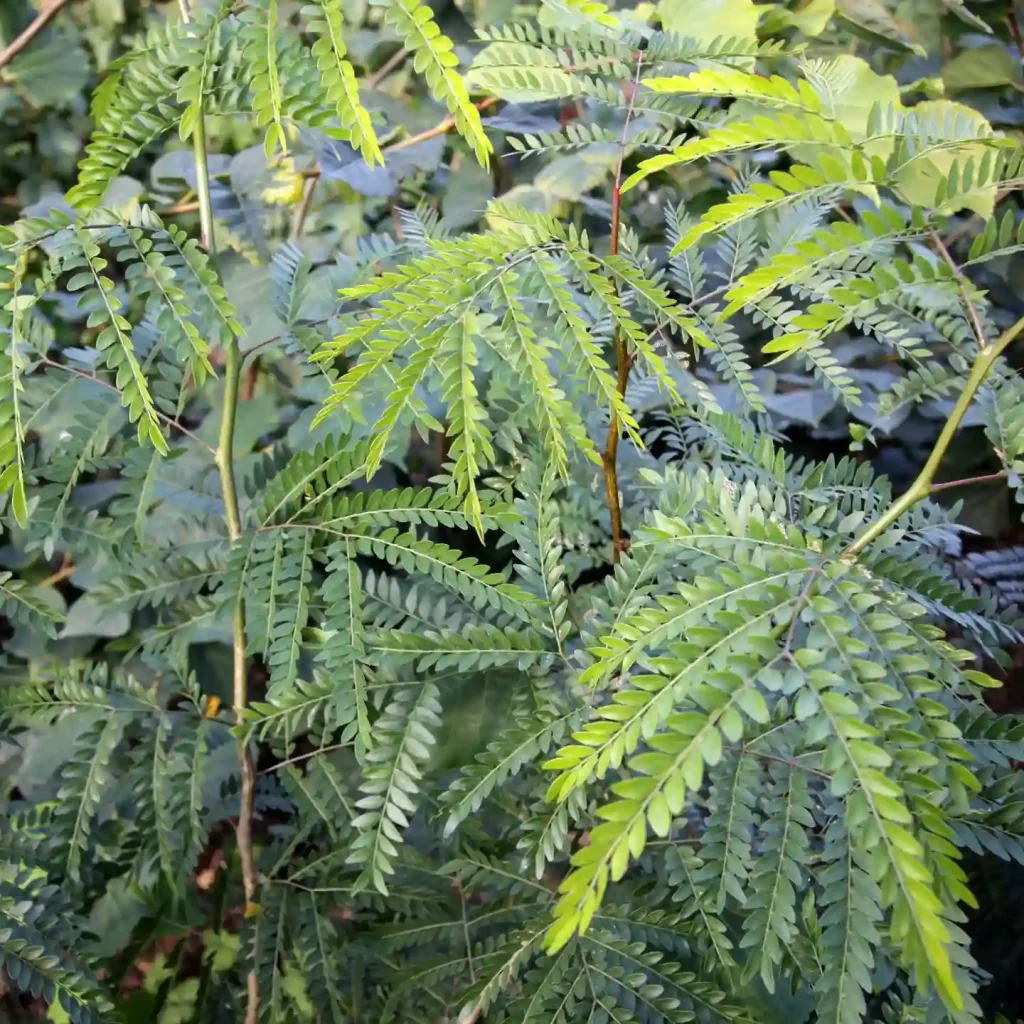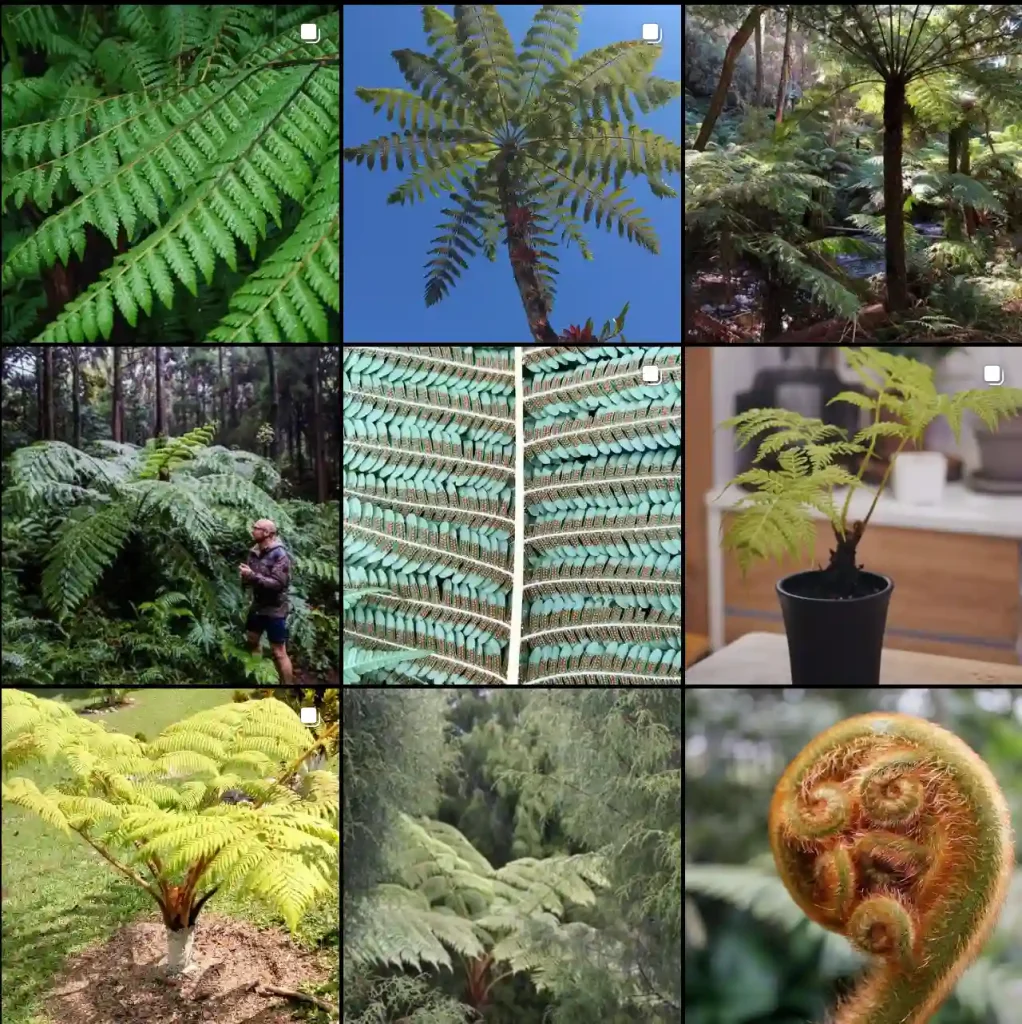Diving Deep with Posidonia: A Seagrass Saga
My name is Ferb Vu, and I’ve always been drawn to the ocean’s mysteries. While many are captivated by coral reefs and their vibrant inhabitants, I find myself fascinated by a less flashy, but equally vital component of the marine ecosystem: seagrass. Specifically, the genus Posidonia. These underwater meadows, often overlooked, are crucial to the health of our oceans, and I’m excited to share my knowledge of this remarkable plant.
What is Posidonia?
Posidonia is a genus of flowering plants that thrive in the salty embrace of the sea. These aren’t your typical garden-variety flowers; they’re seagrasses, specifically adapted to life underwater. Imagine lush green meadows swaying rhythmically with the currents, providing shelter and sustenance for a myriad of marine creatures. That’s Posidonia in its element.
While they may resemble seaweed, Posidonia are more closely related to terrestrial grasses. They have roots, stems, leaves, and even produce flowers and fruits, all while submerged. This unique adaptation allows them to form vast underwater meadows, creating a complex habitat that supports a rich biodiversity.
The Posidonia Clan: A Species Showcase
The Posidonia genus boasts nine distinct species, each with its own unique characteristics and distribution. Here’s a quick rundown of these fascinating seagrasses:
- Posidonia angustifolia: Found exclusively in the waters of Western Australia, this species is known for its long, slender leaves.
- Posidonia australis: Also known as fiber-ball weed, this Australian native is recognized by its distinctive, fibrous fruits that often wash ashore.
- Posidonia coriacea: Another Western Australian resident, this species features thick, leathery leaves, giving it a robust appearance.
- Posidonia denhartogii: This species, named after the seagrass expert Dr. Cornelis den Hartog, is found along the southern coast of Australia.
- Posidonia kirkmanii: This Western Australian endemic is characterized by its relatively short and wide leaves.
- Posidonia oceanica: Perhaps the most well-known member of the genus, Posidonia oceanica, also known as Neptune grass, is endemic to the Mediterranean Sea. It forms extensive meadows that play a vital role in the Mediterranean ecosystem.
- Posidonia ostenfeldii: This species, named in honor of the Danish botanist Carl Hansen Ostenfeld, is found in the waters around Australia.
- Posidonia robertsoniae: This Australian species is named after the Australian botanist Dr. Diana Roberts.
- Posidonia sinuosa: This Western Australian species is distinguished by its wavy leaf margins.
Why Should We Care About Posidonia?
Posidonia meadows are far more than just pretty underwater scenery. They are ecological powerhouses, providing a wealth of benefits to both marine life and humans alike.
- Habitat and Nursery: The dense meadows provide a safe haven for a wide array of marine organisms, from tiny invertebrates to large fish. They serve as nurseries for juvenile fish, offering protection from predators and ample food sources.
- Oxygen Production: Like all plants, Posidonia photosynthesize, producing oxygen that is vital for marine life. They are often referred to as the “lungs of the sea” due to their significant contribution to oxygen production.
- Carbon Sequestration: Posidonia meadows are highly efficient at capturing and storing carbon dioxide from the atmosphere. This helps to mitigate climate change by reducing greenhouse gas levels.
- Coastal Protection: The extensive root systems of Posidonia help to stabilize the seabed, preventing erosion and protecting coastlines from storm damage.
- Water Quality: Posidonia meadows filter pollutants and excess nutrients from the water, improving water clarity and overall quality.
Threats to Posidonia Meadows
Despite their importance, Posidonia meadows are facing increasing threats from human activities and climate change.
- Coastal Development: Construction along coastlines often leads to habitat destruction and increased sedimentation, which can smother Posidonia meadows.
- Pollution: Runoff from land carries pollutants, such as fertilizers and sewage, into the ocean, harming Posidonia and other marine life.
- Boating: Anchors and boat propellers can damage Posidonia meadows, causing fragmentation and hindering their growth.
- Climate Change: Rising sea temperatures and ocean acidification pose significant threats to Posidonia meadows, affecting their growth and survival.
Protecting Our Underwater Treasures
The future of Posidonia meadows, and indeed the health of our oceans, depends on our collective efforts to protect them. We can all play a part in ensuring these vital ecosystems thrive for generations to come.
- Support Sustainable Practices: Choose seafood that is sustainably sourced and avoid products that contribute to marine pollution.
- Reduce Your Carbon Footprint: Make conscious choices to reduce your energy consumption and support initiatives that promote renewable energy.
- Advocate for Marine Conservation: Support organizations working to protect Posidonia meadows and other marine ecosystems. Educate yourself and others about the importance of these habitats.
As I continue to explore the underwater world, I am constantly reminded of the interconnectedness of all living things. Posidonia meadows serve as a powerful reminder of the delicate balance that sustains life in our oceans. By understanding and appreciating these vital ecosystems, we can work together to ensure their preservation for the future.




